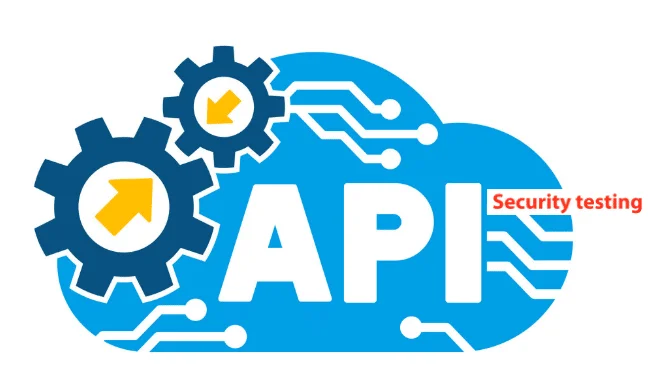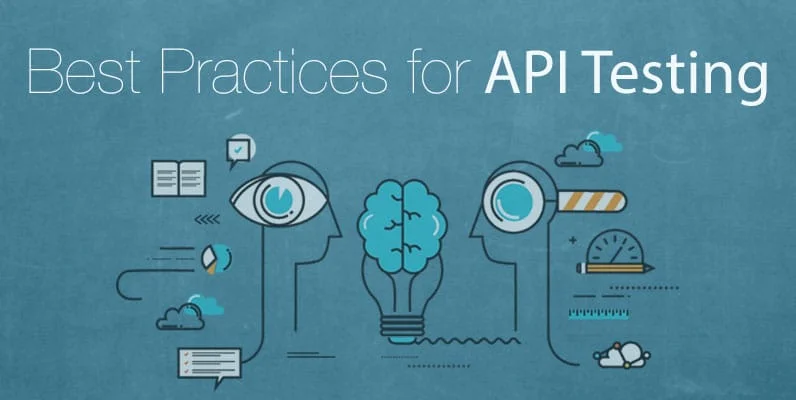System Integration is basically to combine several independent systems or tools and make them work as a whole. Most organizations use several subsystems but still fail to recognize the benefits of system integration. The combination of these subsystems can lead to efficient management of valuable resources, information, and time. Below are some Issues & Benefits of System Integration:
Enhanced employee communication, collaboration, and workflow
Communication, collaboration, and workflow between employees are very important, all employees and departments have the opportunity to exchange information freely in the workflow.
Team productivity
When you integrate systems, employees can easily complete their work because they don’t have to fiddle around between platforms and maintain the highest quality.
System security
There is a high penetration rate when one platform needs to be protected instead of multiple platforms.
Inexpensive
With an integrated system, you can immediately and significantly reduce storage and purchase costs.
When pursuing digital transformation strategies, development teams and IT departments will undoubtedly struggle with many system integration issues, many of which come from different architectures and formats. However, any single system integration problem can be solved through a better focus on design and framework. Though there may be various challenges of system integration, nevertheless Rest APIs are the best way to connect and centralize the best systems and applications, support business processes, and solve software integration problems. Let’s have a look at some of the best ways to eliminate the system integration challenges:
Combine Dissimilar Applications
Without relying on isolated, legacy, and legacy systems, a modern IT environment at Mobifly allows you to simplify communications while achieving more automation, control, and transparency and strengthening partnerships.
Built-In Connectors for the Most Common Applications
Through the application, SaaS and B2B/EDI integrated connectors can support your company, whether it is on-premises or in the cloud. With the right solution, you can customize the additional scripts that are required to integrate applications suitable for your company.
Automate Common Business Processes
The automation of general business processes saves time and money by replacing manual processes with software that reduces errors, improves work and processes, reduces costs, and improves efficiency in all areas.
Reduce Dependency on Customized Solutions
Choice also means you investing more upfront costs in your tools requires developers to take risks and requires developer interaction throughout the software development life cycle.
Free Up Valuable Resources for Other Projects
Automate most business processes and avoid waste of valuable time for other basic tasks. The digital transformation strategy means that labor-intensive projects no longer limit the resources and scope of employees.
A Truly Accessible Infrastructure
Most companies need to modernize and upgrade their IT systems to achieve not only IT agility but also business agility. Digital transformation requires companies to have greater flexibility in front-end applications so that companies can agree with their customers and greater flexibility in the back-end to connect and organize data.
Whether you are adding SaaS solutions to achieve business results, or migrating large amounts of data to cloud integration.
The platform or your company is a service organization, hoping to respond to customer inquiries more quickly. You rely on integration to make the data flow work. No matter what kind of business you run, you need a scalable infrastructure to support data conversion, fast and secure file transfer, and hybrid integration of end-to-end visibility of all data traversing a dynamic ecosystem.



